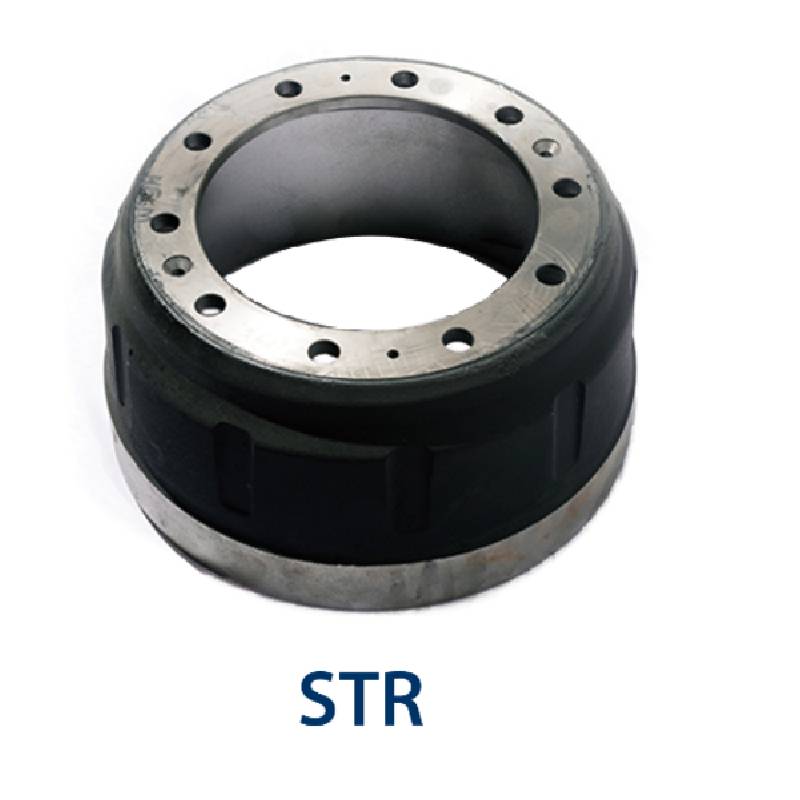Sep . 24, 2024 19:23 Back to list
Understanding the Mechanics and Benefits of Drum Brake Systems in Vehicles
Understanding Drum Brakes A Key Component of Automotive Safety
Drum brakes are a crucial component of automotive braking systems, widely used in many vehicles due to their effective performance and reliability. First introduced in the early 20th century, drum brakes have undergone considerable advancements, yet their fundamental design remains largely unchanged. This article delves into the mechanics, benefits, and applications of drum brakes, highlighting their significance in vehicle safety.
At its core, a drum brake consists of a brake drum, brake shoes, and a hydraulic or mechanical actuation system. When the driver presses the brake pedal, hydraulic fluid is conveyed to the wheel cylinder, pushing the shoes outward against the inner surface of the drum. This friction slows down the wheel, effectively bringing the vehicle to a halt. The drum’s circular design allows for uniform distribution of frictional forces, contributing to its effective braking performance.
One of the primary advantages of drum brakes is their ability to generate substantial braking force. The enclosed design of a drum brake allows for better heat dissipation, preventing rapid deterioration even under demanding conditions. Additionally, drum brakes tend to have a larger surface area for friction compared to disc brakes, making them particularly effective for larger and heavier vehicles, such as trucks and buses.
drum brake

Another notable feature of drum brakes is their self-energizing capability. When the brakes are applied, the rotation of the drum pushes the shoes into the drum's inner surface, increasing the force applied to the shoes and enhancing braking efficiency. This mechanism makes drum brakes particularly efficient, meaning less force is required from the driver to achieve effective stopping power.
However, drum brakes are not without their drawbacks. They can be more susceptible to fading due to overheating, especially during prolonged use or in demanding driving conditions, such as mountainous terrains. Moreover, they require more maintenance compared to disc brakes, as the components can wear unevenly, leading to potential adjustments or replacements.
In modern vehicles, drum brakes are often combined with disc brakes to optimize performance. Typically, drum brakes are utilized in the rear wheels to provide adequate stopping power while keeping costs lower, as they are generally less expensive to manufacture and maintain than disc brakes. On the other hand, disc brakes are frequently employed on the front wheels, where the need for superior stopping power is more pronounced.
In conclusion, drum brakes are an essential part of automotive technology, offering reliable performance and significant advantages, particularly for larger vehicles. While they may not dominate the market as they once did, their continued presence in automotive design showcases their enduring value. Whether in family sedans or commercial trucks, drum brakes play a vital role in ensuring road safety, making them a cornerstone of vehicle functionality. As technology progresses, the evolution of drum brakes will undoubtedly continue, balancing tradition with innovation to meet the needs of modern drivers.
-
ROR Web Development: Build Fast, Scalable, Secure Apps
NewsAug.17,2025
-
Scania Brake Drums: OEM Quality for Optimal Safety & Durability
NewsAug.16,2025
-
R.V.I: Advanced Remote Visual Inspection for Precision
NewsAug.15,2025
-
Discover HYUNDA: Innovative Vehicles, Equipment & Solutions
NewsAug.14,2025
-
R.V.I: Unlock Advanced Insights & Real-time Performance
NewsAug.13,2025
-
Kamaz Brake Drum: Durable & Reliable for Heavy Duty Trucks
NewsAug.12,2025
